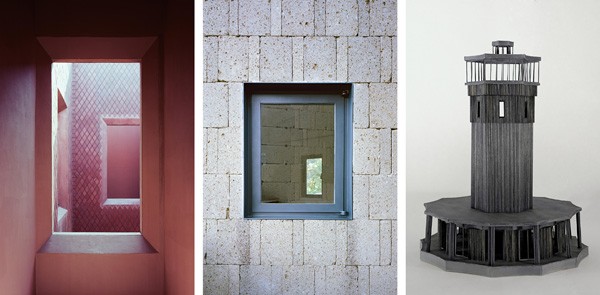Francesca Torzo
Back in 2016, when Francesca Torzo was in the aut as a representative of the young generation as part of the "Italomodern 2" exhibition, the architect, who was born in Padua in 1975, was still considered an insider tip. In the meantime, she has attracted international attention with her sensitive expansion of the Z33 - House for Contemporary Art in Hasselt and was one of the five finalists for the internationally renowned Mies van der Rohe Award 2022.
She founded her own office in 2008, which consists of an international team of young architects, and has realised several small, sophisticated residential projects in Italy, among others, and is also active internationally. What all of Francesca Torzo's projects have in common, are the extremely high standards she sets for herself and her work. The exhibition "Day by Day", conceived by Francesca Torzo for the aut, is her first grand solo exhibition. The exhibition performs as an atmospherically dense journey through our premises and negotiates some of the architectural and social issues that are essential to the office's way of working.
For instance, animations are projected onto cloths and illustrate the flow of ideas in the process of creation, while large-scale silk prints provide an insight into Torzo's image archive of references created during years of travel. Context and building models are displayed as well as certain designed furniture, such as for the Maniera gallery in Brussels. Further, the "atelier archive" shows experiments, but also missteps and reveals the people with whom the office has worked. Because for Francesca Torzo, a building is always the result of the work of many people, that shall be honoured.
francesca torzo architetto
The studio consists of a small international team of young architects. Collaborators are named project architects for individual assignments and are required to attain knowledge and awareness of all projects running in the office. The choice of entrusting a combination of an individual responsibility with a common dialectic is grounded on the belief that thoughts need to be exposed daily to a critical process in order to achieve a shareable clarity.
The teaching and the academic research, the collaboration with builders and the design practice challenge and influence each other in the perspective of building a public discourse, which may support the awakening of a curiosity for understanding our way of living and a confidence in taking responsibility.
